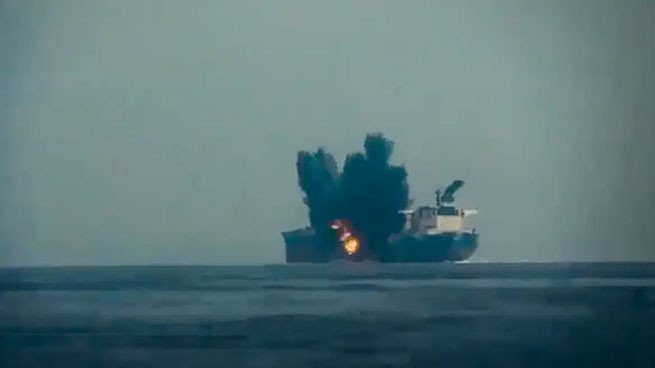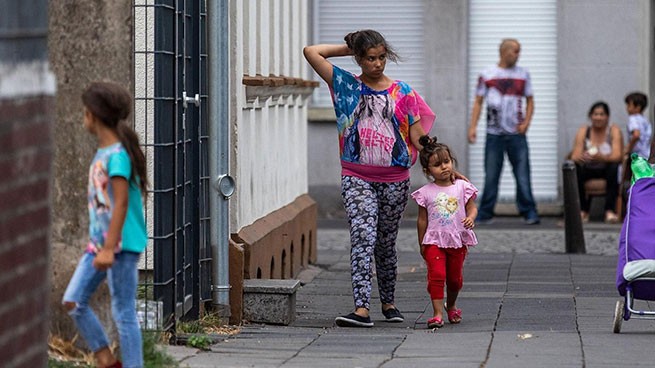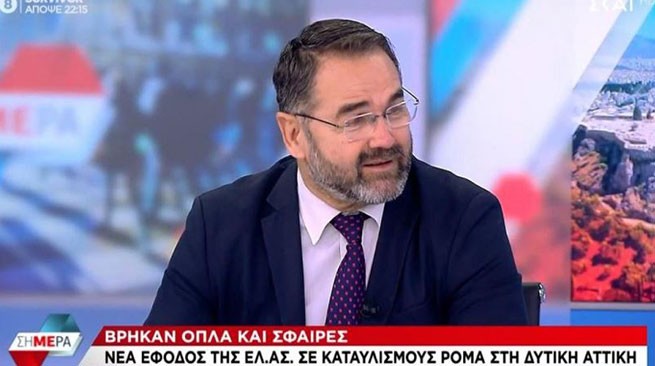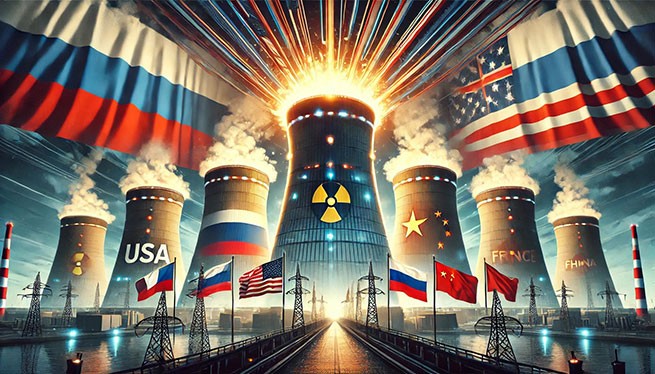Have you ever wondered how atomic energy became such a powerful and, according to scientists, clean force? Okay, you're on the right track. Let's take a look at the leaders who are using nuclear power as if it were their own personal backyard reactor. So, go ahead.
- US nuclear power
History and current status
America started this game in 1957 when it launched its first commercial nuclear power plant, the Shippingport Nuclear Power Plant. And guess what? This was just the first step. They now have 93 reactors, which provide approximately 19–20% of the country's electricity. They once built 132 reactors, but here's the problem: half of them are already retired or close to it. The construction of new reactors is somewhat sluggish, because renewable sources and the gas industry give no rest. Modernizing old stations is another headache.
Uranium enrichment
Oh yes, 2023 marked something of a renaissance for America – for the first time in a long time, the country produced more than 90 kg of enriched uranium. Why is this important? Yes, because this is fuel for small modular reactors (SMRs), which the United States is promoting as new fashionable nuclear installations. And this is salvation for Americans who no longer want to depend on uranium imports from Russia or Kazakhstan.
Environmental and economic component
As they say, nuclear power is like a solar car: clean and with virtually no CO₂ emissions. If all US nuclear plants were shut down, CO₂ emissions would increase by 500 million tons per year. But while they are working, everything is clean. And even economically they look attractive – their operating costs are low and their power is stable.
The future of nuclear energy
The United States is not lagging behind in the development of SMRs. These babies promise to be safer and cheaper to operate than their big brothers. Of course, modernization of the stations is also in the plans – after all, it’s time to reduce the amount of radioactive waste, isn’t it?
- Nuclear energy in Russia
History and current status
Russia became the first country to build a nuclear power plant. In 1954, the Obninsk NPP was put into operation. Russia currently operates 38 reactors at 11 nuclear power plants, which produce about 20% of the country's electricity.
Russia is actively developing nuclear technology, including fast neutron reactors such as the BN-800. This type of reactor allows spent fuel to be reprocessed, making Russia the leader among the few countries with closed nuclear fuel cycle technologies. It involves reprocessing spent fuel and reusing recovered materials such as uranium and plutonium to produce new fuel, significantly reducing the volume of radioactive waste.
And here's another ace up Russia's sleeve – BREST-300, a fast neutron reactor that uses plutonium as fuel. This beauty doesn't just burn plutonium, but processes nuclear waste, closing the nuclear fuel cycle like a virtuoso dance circle. With this reactor, Russia is demonstrating that plutonium can be used not only to intimidate the world community, but also for sustainable energy production. Thanks to BREST-300, the country becomes an even stronger player in the field of nuclear technology: the reactor ensures safety, efficiency and minimizes radioactive waste, and its operation is a step forward towards a sustainable energy future.
Uranium enrichment
Russia enriches more uranium than anyone else – about 25 million SWU per year, which is 40% of the world's capacity. It is not surprising that they not only satisfy their own needs, but also export uranium to other countries that depend on their supplies. Yes, and they haven’t forgotten about MOX fuel – they actively use it in their reactors.
Portfolio of international orders
If you think that Rosatom only works in its homeland, think again. Their international order book for 2023 is US$195.2 billion and includes 34 power units worldwide. Rosatom builds, modernizes and supplies fuel in more than 50 countries. They have something to be proud of.
Environmental and economic component
Through its nuclear power plants, Russia avoids 210 million tons of CO₂ emissions annually. This is good to hear, especially when it comes to such a large country with vast industrial regions. And yes, operating costs are low too, making nuclear power one of the most stable sources of electricity.
The future of nuclear energy
SMRs also came to Russia and are working. Reactors like the KLT-40S on the floating nuclear power plant “Akademik Lomonosov” are already providing the Arctic with electricity. And the RITM-200 and RITM-400 reactors, which are used on icebreakers, add even more environmentally friendly energy.
- Nuclear energy in France
History and current statuse
France has been on the nuclear wave for a long time. 56 reactors at 18 stations produce 70% of the country's electricity – a world record. The country relied on nuclear energy after the oil crisis of the 1970s and was right.
But here's the problem: most of the reactors were built in the 1970s and 1980s, and now they need to be modernized or closed.
Uranium enrichment
France enriches about 7.5 million SWU of uranium per year. These capacities belong to the Georges Besse II plant under the management of the Orano company. France actively exports fuel for reactors not only in Europe, but also beyond its borders.
Environmental and economic component
In terms of carbon emissions, France is one of the cleanest countries among the world's major economies. Thanks to its nuclear power plants, it avoids 300 million tons of CO₂ emissions every year. Economically, nuclear energy is also in the black: operating costs at the plant are low, which reduces the cost of electricity for consumers.
The future of nuclear energy
France is planning to build new reactors such as EPR-2, and is also actively implementing SMRs to increase the flexibility of the power system. In addition, Emmanuel Macron announced the construction of 6 new EPR-2 by 2050 to ensure energy security.
- Nuclear power in China
History and current status
China entered the game relatively late, but by 2023 they have 55 reactors producing about 5% of all electricity. But don't underestimate China – they have plans to expand the share of nuclear energy to 10% by 2035. They're building fast: China was building 20 new reactors by 2023, and their plans by 2030 include 150 new reactors.
Uranium enrichment
China is not lagging behind in developing its own uranium enrichment and fuel reprocessing capabilities. They even have a Rokkasho refinery and produce MOX fuel. And with partners such as Russia and France, China continues to develop closed nuclear fuel cycle technologies.
Environmental and economic component
Nuclear power helps China tackle its carbon emissions problem. Chinese nuclear plants help the country avoid 200 million tons of CO₂ emissions annually. From an economic point of view, nuclear power is beneficial for China – it maintains a stable energy supply and reduces dependence on imported fossil fuels.
International projects
China is actively exporting its nuclear technology. For example, the Hualong One reactor is already operating in Pakistan, and the country has also struck deals with Argentina and other developing countries.
The future of nuclear energy
China is developing fast reactors, high-temperature reactors and SMRs. These reactors can be deployed in remote areas and islands, providing them with safe and cheap electricity. China is also actively working on a closed nuclear fuel cycle, making it one of the leaders in this technology.
Despite all the hype about green energy, nuclear is developing and making great progress, although not in all countries.
Author's opinion: So, before you are the great powers of nuclear energy: the USA, Russia, France and China. Which one is the leader and which one is the outsider can be seen with the naked eye.







More Stories
Nefteyuan vs. petrodollar: a new order in the oil market
The President of the Russian Federation signed laws on the release from liability of defendants who enlisted in the army
Apple users in Russia lost access to personal and work Gmail